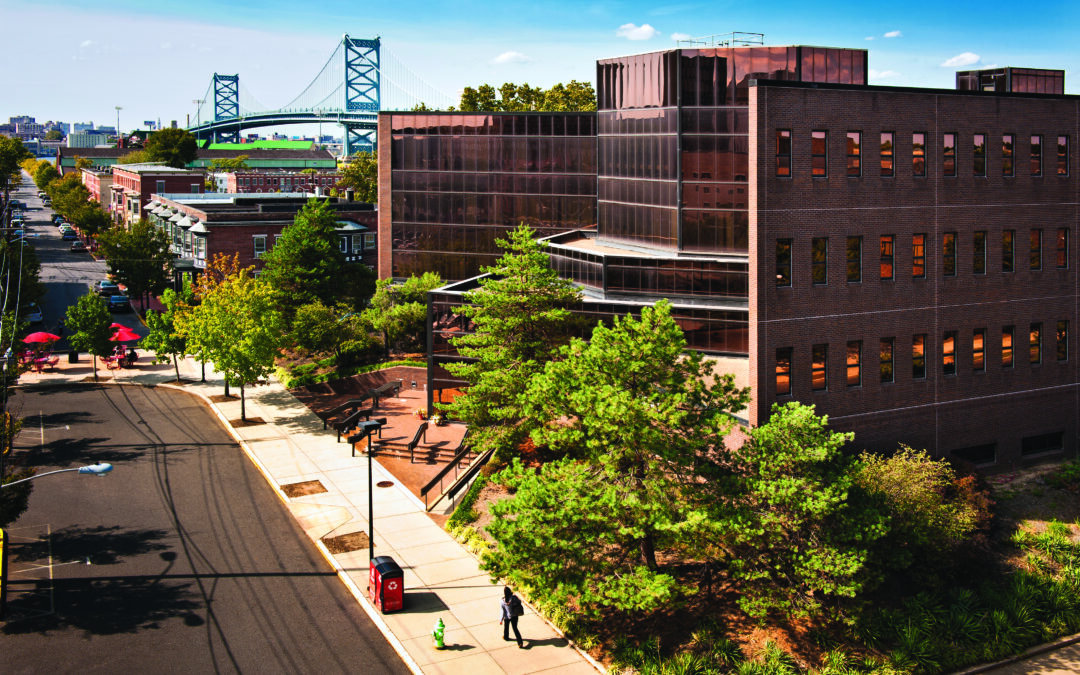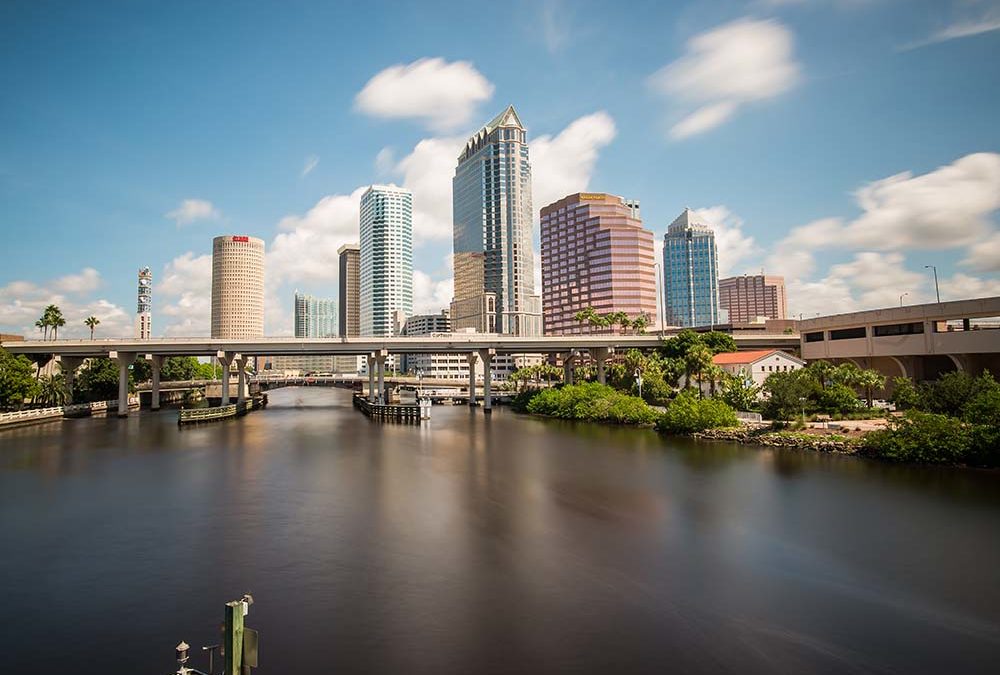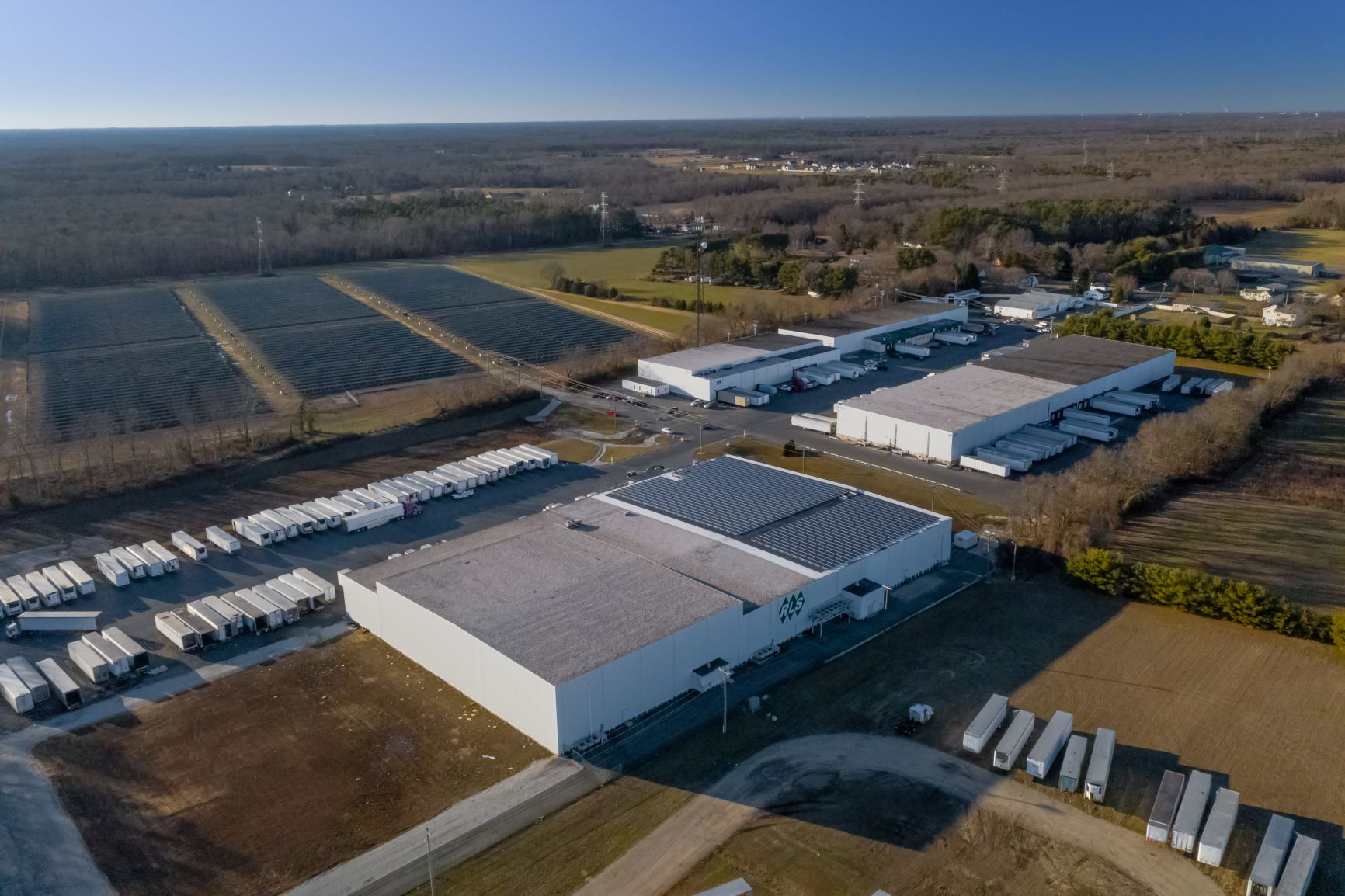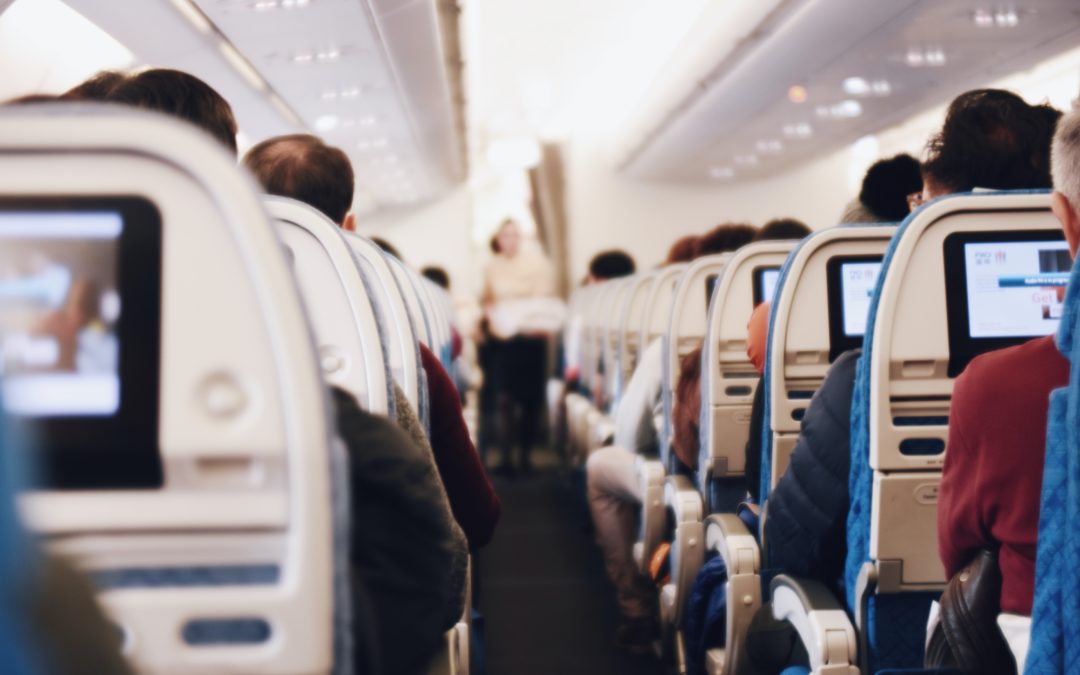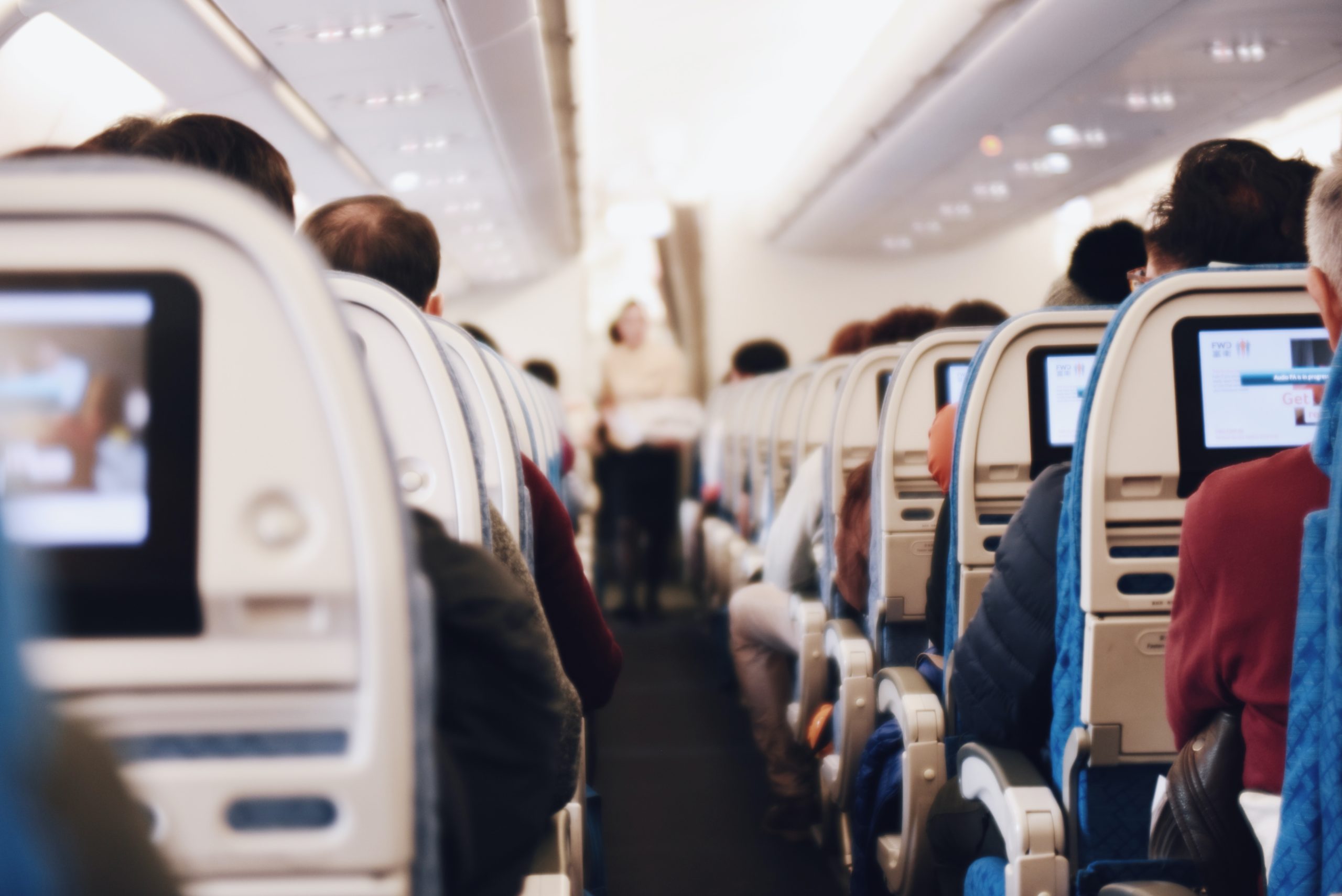
Best practices for sustainable business growth in a post-pandemic world
By: Beatrice Silva
3 min read September 2020 — Coming off a record economic year for the Philadelphia region, no one could have ever predicted the hurricane that is COVID-19. Crawling through the muddied trenches of lost revenue, businesses are having to find a way out. To promote sustainable business growth in a post-pandemic world, companies across all sectors are making tough decisions and developing innovative strategies.
In the second quarter of 2019, South Jersey’s unemployment rate was at an all-time low, according to The Federal Reserve Bank of Philadelphia’s quarterly South Jersey Business Survey. Just one year later, the Second Quarter 2020 Survey of Professionals reported job losses at a rate of 7,647,800 per month. In the midst of uncertainty, hundreds of businesses decided to furlough employees in an effort to manage the effects of the new coronavirus. Rather than simply laying off a staff member, furloughs allow employees to keep their employment benefits and hopes of returning to work while also helping to reduce labor costs. Keeping top talent in the company is vital to an organization’s growth.
Inspira Health, a South Jersey nonprofit healthcare organization, was one of the many health systems in the region that had to furlough employees, impacting around 200 workers, because of reduced revenues during the height of the pandemic. “As a first response to the resulting changes in staffing needs, some employees were redeployed to areas where additional staff were needed,” Inspira said in a statement. “With the expanded suspension and reduction in services over the past month, we have had to make the difficult decision to temporarily eliminate regularly scheduled work hours for some employees.”
Reducing staff is one way to save money during a flash recession. However, to survive in a post-pandemic landscape, businesses must also develop strategies that allow them to pivot when necessary and leverage competitive advantages. Heading into 2021, new business models that offer more sustainable options are expected to emerge. “In terms of embedding sustainability into long-term plans, this is best done, at least initially, by putting sustainability on every meeting agenda. If business leaders continually ask, ‘What is the environmental effect of this and is there a better option?’ then sustainability becomes institutionally embedded very quickly,” Ben Stansfield, partner of Gowling WlG, told Financier WorldWide.
COVID-19 shook the core of the economy and altered almost every aspect of life around the world. As society finds new ways to adapt so will the businesses that shape local communities. In the midst of uncertainty, the one thing that is clear is that a post-pandemic future will be fundamentally unlike anything that came before. “The post-COVID-19 world will no doubt look different in many ways – more remote work, less flying and the namaste possibly replacing the handshake forever … My hope is that there will be a great rise in employee and consumer activism and companies that continue their old ways of profit maximization at all costs, without regard for people and planet, are shamed and starved and ultimately booted out,” CB Bhattacharya, chair of sustainability and ethics at the University of Pittsburgh’s Katz Graduate School of Business, told Financier Worldwide.
During this period of evolution, sound insights and collaboration between business leaders will be pivotal across all sectors. To learn more about best practices to promote business growth in South Jersey, register now for the Invest: South Jersey 2020 Virtual Launch Conference. The conference takes place on Oct. 8 at 11:30 a.m. The virtual business conference will feature two robust panels, including, “Best practices to promote sustainable business growth in a post-pandemic landscape,” moderated by Christina Renna, president and CEO of South New Jersey’s Chamber of Commerce, and featuring insights from Albert Fox, senior vice president and executive director of Fox, Penberthy & Dehn at Morgan Stanley, Vincent D’Alessandro, southern region president of OceanFirst Bank, Robert Curley, South Jersey/Coastal market president of TD Bank and Reynold Cicalese, managing shareholder of Alloy Silverstein.
To learn more, visit:







